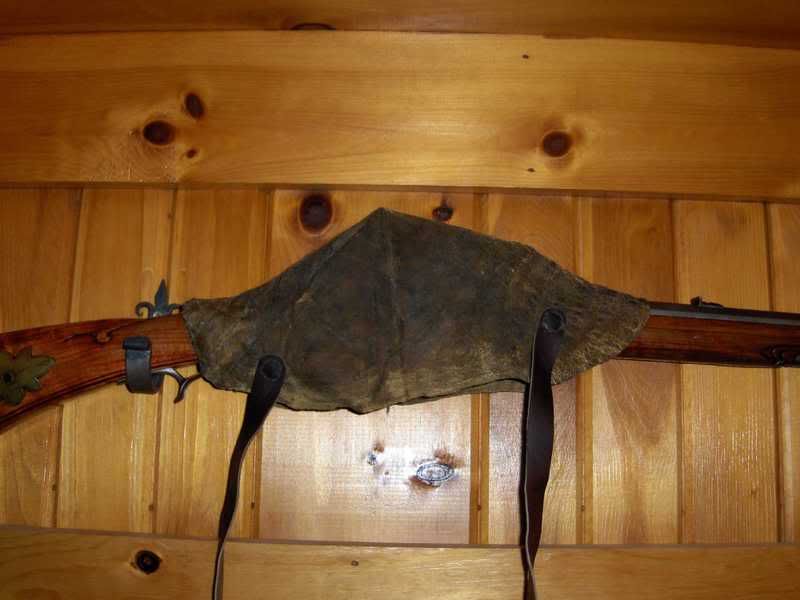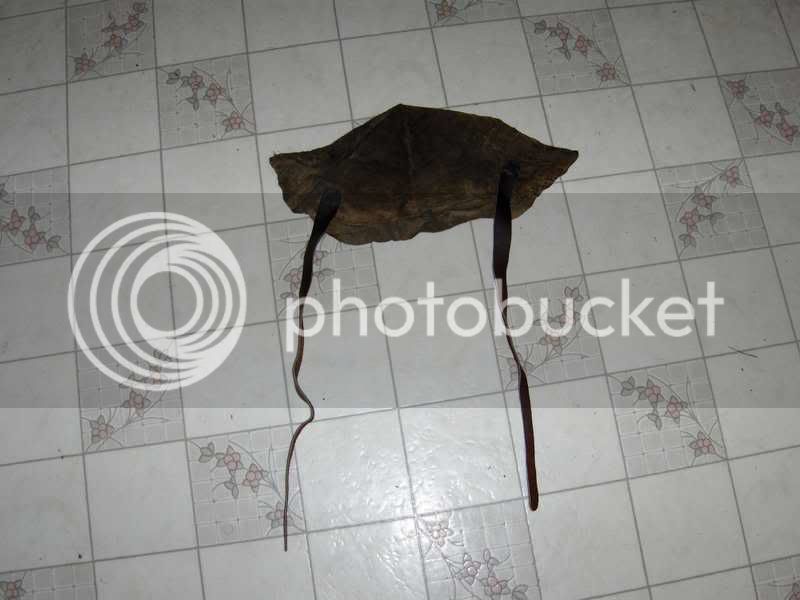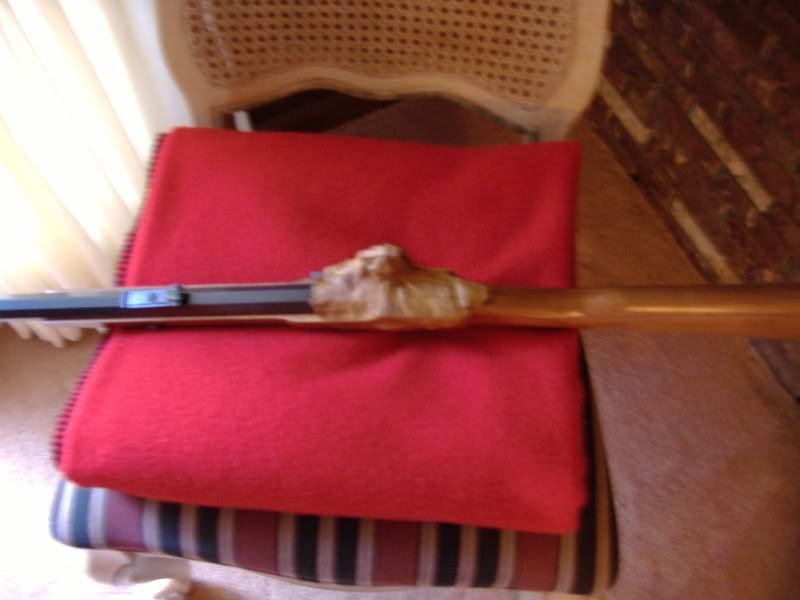phoenix511
40 Cal.
- Joined
- Jul 28, 2008
- Messages
- 380
- Reaction score
- 1
I want to hunt whitetail late this fall with a flinter, and the weather here may be raining, snowing, and likely cold, perhaps below 20F. I don't hunt from a tree stand, just squat on the ground and look around.
What suggestions has the forum about the care and feeding of a flinter in cold weather: loading, and keeping the priming powder dry? (If I don't shoot, I can keep the loaded firearm in an unheated space overnight.)
What suggestions has the forum about the care and feeding of a flinter in cold weather: loading, and keeping the priming powder dry? (If I don't shoot, I can keep the loaded firearm in an unheated space overnight.)







